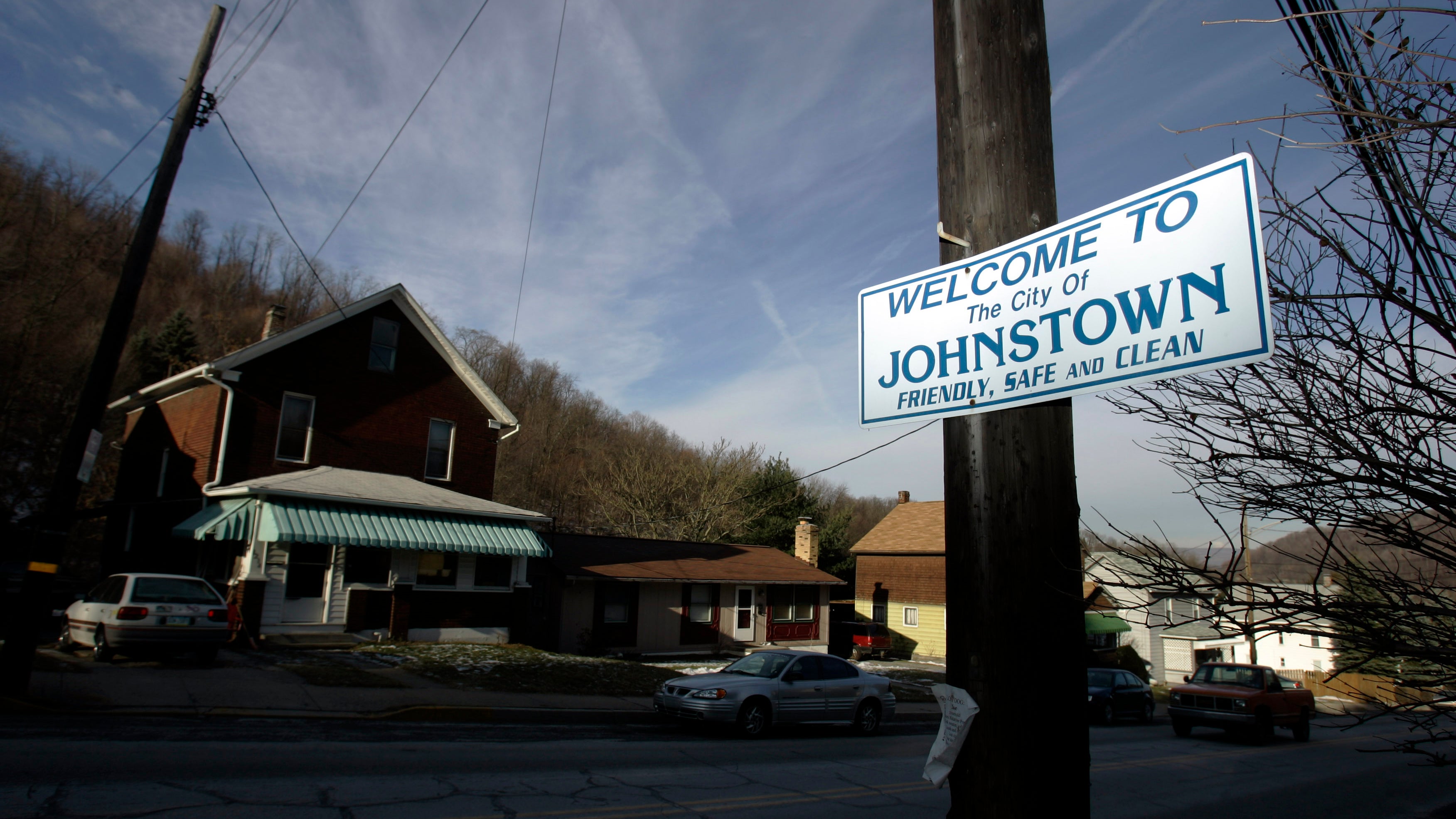Keystone Crossroads: Shining a light on Pa.’s slow-motion crisis
Listen
(AP Photo/Carolyn Kaster)
Pennsylvania’s cities and towns have been putting out distress signals for years, but sometimes it seems as if no one is listening.
These cities – from Erie to Scranton, Johnstown to Allentown – have familiar names that speak to America’s history of industrial brawn, technical innovation and natural riches. But in recent decades many have become emblems of Rust Belt decay – from the novels of John Updike to the songs of Billy Joel.
The statistics are alarming: Two out of every five Pennsylvanians live in a city or town that has been declared financially distressed. The 27 cities in the state’s program for distressed municipalities include the state’s second-largest, Pittsburgh, and its capital, Harrisburg.
And that figure doesn’t include Philadelphia. So, really, more than half of Pennsylvanians live in a city with severe fiscal problems.
Philly and a few other cities have managed, through pluck and creativity, to craft hopeful signs of renaissance, led by the Millennial and Gen-Y cohorts, people who prefer urban living to the suburban landscapes where they grew up.
These historic cities, however, struggle in a double bind: The same sweeping economic trends that have wiped out jobs and deepened human need inside their borders also squeeze their finances severely. Meanwhile, the state government—its politics dominated by suburban and rural interests—struggles to find a formula for addressing the woes of its cities and towns.
Traditional news outlets, battered by the same trends that drain municipal resources, are also shedding staff and doing less enterprise reporting about these ominous trends.
For all those reasons, we at WHYY are excited to let you know we’ve received a generous grant from the Corporation of Public Broadcasting to launch a two-year, in-depth exploration of the challenges and opportunities facing Pennsylvania’s cities.
We’re also thrilled to be working on this project with three other public media newsrooms across the state – WITF in Harrisburg, WPSU in State College and WESA in Pittsburgh.
We call the initiative Keystone Crossroads. We’ll explore Pennsylvanians’ choices at this crucial intersection of time and challenge. Will we take the path that leads to continued rust, or the one that leads to revival?
Keystone Crossroads’s seven full-time journalists, along with freelance contributors, will offer in-depth reports on radio, TV, and the Web. We’ll convene community forums to get your input on what issues you most want us to cover. In the WHYY newsroom, Keystone Crossroads will bring a new focus on the smaller cities in the eastern half of the state, from Chester to Reading to the Lehigh Valley.
We’re hiring the team now and hope to launch coverage in the early spring. We’d love to hear your ideas on how to make Keystone Crossroads as meaningful and useful as possible.
WHYY is your source for fact-based, in-depth journalism and information. As a nonprofit organization, we rely on financial support from readers like you. Please give today.




